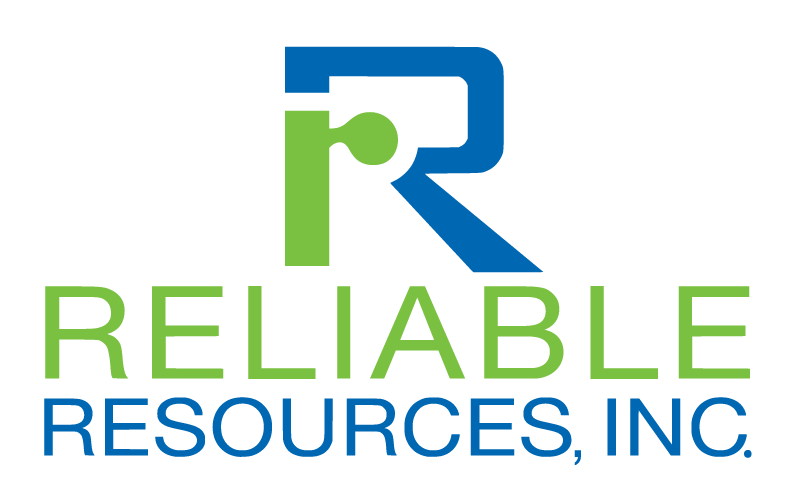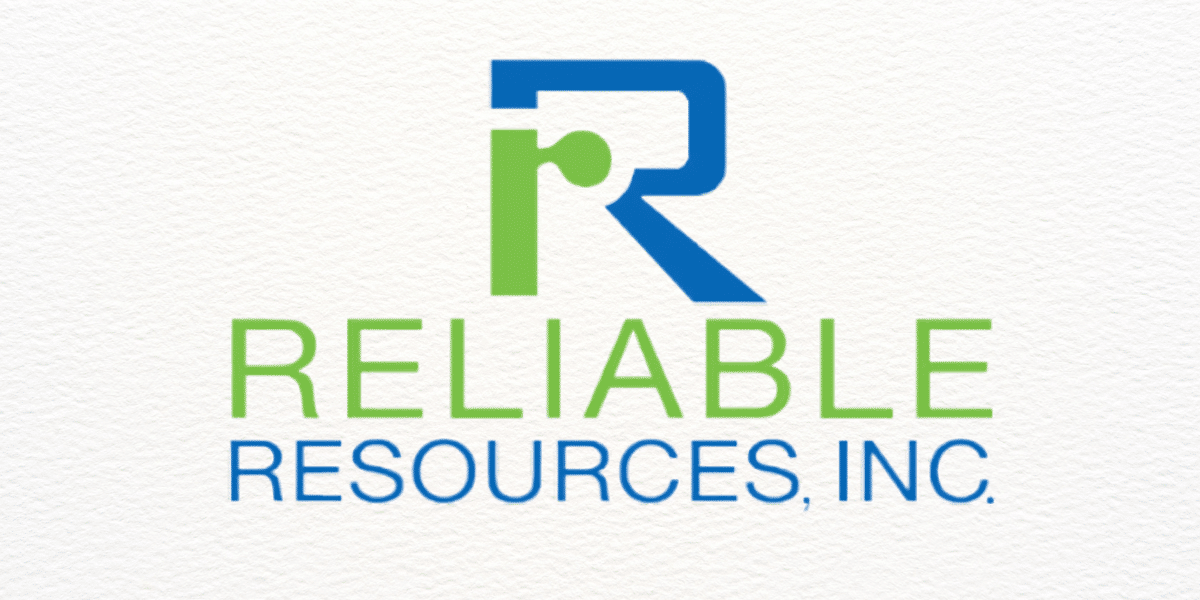3 Ways to Stay Healthy on the Job as a Warehouse Worker - Reliable Resources
Working in a warehouse is often a workout in itself.
A day full of lifting, squatting, twisting and turning, repetitive motions, walking, and long periods of standing can leave one feeling like they completed a strenuous workout at the end of any warehouse shift.
The good part is there may not be a need to rush off to the gym after a day of work. The bad part? Like working out, failure to prepare for a day in a warehouse can have serious consequences and wreak havoc on a warehouse worker, who could lose time because of a workplace injury, or not be as productive because of a nagging injury/soreness that affects their ability to do the job.
Staying healthy on the job doesn’t require hiring a personal trainer or getting a gym membership. Instead, follow these 4 simple and cost-effective ways to stay healthy and on the job:
Get Your Body Moving!
You should try and take some precautions before you begin your shift. When people workout, they often stretch or get loose before working out. Do the same before your warehouse shift. Consider bodyweight exercises, for example.
Do some wall squats to get the lower body loose and blood flowing. Do a few jumping jacks, pushups, and raise your arms up and down 10 times. If you can do a little walking around the warehouse (stop by and say hi to your favorite supervisor!) to get the blood pumping, it will help you get loose and ready for the day. It can also wake you up mentally—much more than a few cups of coffee or energy drink (more on that below).
If you need ideas on how to properly stretch or loosen before work, consult your company safety director, to see if they can provide resources. Many warehouses also offer stretching or workout guides for warehouse workers through posters in the break room, or other employee resources. Use these to your advantage.
Practice Safety First
Safety first! That’s the mentality every warehouse worker should have—for good reason too because it works. There are times where every warehouse worker wants to be efficient, or get things done quickly. So, they may lift a few more pounds than they should. They may “hurry up” and move the body in an unorthodox manner to get the job done. While this may not cause an injury, doing this over and over, over time, is going to catch up. So, follow all safety guidelines, especially if it comes to heavy lifting, such as:
- Practice two-person lifts when required.
- Use equipment that is available (forklift, dolly for example) to reduce repetitive lifting, especially with heavy items.
- Lift with your legs! Use the arms to guide but lift with the legs. Your back and body will thank you. As will your supervisor because you’ll remain healthy and on the job.
- Ask for help when needed. If something requires more physical exertion than you feel comfortable, ask your co-worker for help. Don’t be a hero.
- Take advantage of break time
If you stand all day (assembly line for example) be sure to sit during lunch, or during your breaks. Even 10 minutes off the feet can help over a long shift, and over a long week of standing. Taking small steps each day, not only prevents workplace injuries that day, it also reduces wear and tear over time.
Eat Right Before, During, and After Work
A couple of cups of coffee or an energy drink might seem like a good way to start the day or feel awake heading into an overnight shift. But in reality, caffeine can do more harm than good, and ultimately one comes crashing down, loses focus, becomes even more tired. The damage of those things isn’t too bad if you’re working an office job, but in a warehouse environment, losing focus can lead to workplace injuries.
Eating and drinking right is important before, during, and after a shift. If you constantly find yourself tired or even bothered by aches and pains, evaluate your diet. The food you eat the night before can impact how you feel the next day. If you ate some wings with the guys while watching Monday Night Football, had a few beers, and are sluggish and sore the next day, it could be from the food or drink. While this in itself won’t cause a workplace injury, it could be a contributing factor in being less attentive, feeling less than full strength, and ultimately, taking shortcuts that do lead to warehouse workplace injuries.
In addition, try to avoid eating big lunches, especially if the afternoon is going to be extra-demanding. Feeling full and not as flexible or fluid can make it difficult to exert energy afterward and can be a recipe for disaster. And if you can, avoid eating chips, candy bars, and other unhealthy food from vending machines. Choosing healthy snacks pay off in the long run.
There are several other things one can do to remain healthy in the warehouse—wear the right footwear (it’s worth the cost), take the stairs to get loose in the morning, or take the elevator when you need a break. Stretch at home or before work if possible, and do consider how your outside factors – diet, sleep, eating habits, use of alcohol, affect how you feel each day.
Some people never want to work in an office and working in a warehouse is the right environment for them. But in order to stay working in a warehouse, and avoid being forced to do office work because of an injury, follow these tips to stay healthy on the job as a warehouse worker.
Struggling to find the right industrial and warehouse worker? Contact Reliable Resources to help find you the perfect candidate.












